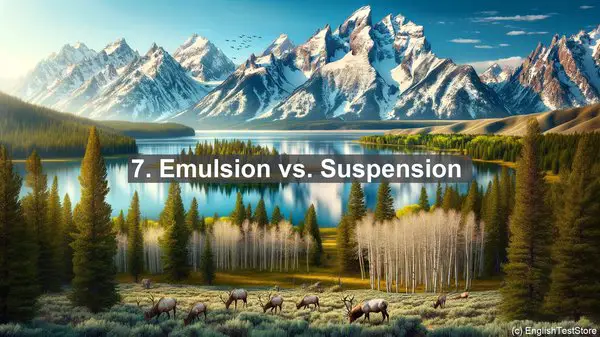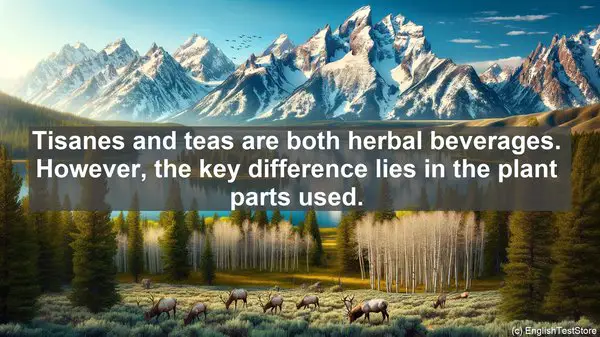Introduction
Welcome to our herbal medicine class. Today, we’ll be discussing a topic that often leads to confusion: commonly confused words in herbal medicine. Let’s dive in!
1. Tincture vs. Infusion
While both tinctures and infusions are liquid extracts used in herbal medicine, the key difference lies in the solvent. Tinctures use alcohol, while infusions use water. This distinction is crucial as it affects the extraction process and the resulting properties of the extract.
2. Decoction vs. Maceration
Decoctions and macerations are both methods of extracting compounds from herbs. However, the difference lies in the temperature. Decoctions involve boiling the herb, while macerations involve soaking it in cold or room temperature liquid. The choice between the two depends on the herb and the desired compounds.
3. Syrup vs. Elixir
Syrups and elixirs are both sweetened, flavored liquid medicines. However, the key difference is that syrups are water-based, while elixirs are alcohol-based. This distinction is important for patients with specific dietary restrictions or sensitivities.
4. Poultice vs. Compress
Poultices and compresses are external applications used to treat various conditions. The difference lies in the preparation. Poultices are made by crushing or grinding herbs and applying them directly to the affected area. Compresses, on the other hand, involve soaking a cloth in an herbal solution and applying it. The choice depends on the condition and the desired effect.
5. Ointment vs. Salve
Ointments and salves are both semi-solid topical preparations. The difference lies in the base. Ointments have an oil base, while salves have a wax base. This variation affects the consistency and absorption rate, making each suitable for different conditions and skin types.
6. Tisane vs. Tea
Tisanes and teas are both herbal beverages. However, the key difference lies in the plant parts used. Tisanes are made from various plant parts like leaves, flowers, or stems. Teas, on the other hand, specifically refer to beverages made from the leaves of the Camellia sinensis plant. This distinction is important as it affects the taste, aroma, and therapeutic properties of the drink.
7. Emulsion vs. Suspension
Emulsions and suspensions are both liquid preparations. The difference lies in the distribution of particles. In an emulsion, one liquid is dispersed in another, forming a stable mixture. In a suspension, solid particles are dispersed in a liquid, but they may settle over time. This distinction is crucial for ensuring the uniformity and stability of the preparation.

8. Tincture vs. Extract
Tinctures and extracts are both concentrated forms of herbal medicines. However, the key difference lies in the solvent used. Tinctures use alcohol, while extracts can use alcohol, water, or other solvents. This distinction affects the extraction process and the resulting concentration of active compounds.

9. Contraindication vs. Adverse Effect
In the context of herbal medicine, contraindication and adverse effect are important terms. A contraindication refers to a situation where a particular herb or treatment should not be used due to potential harm or ineffectiveness. An adverse effect, on the other hand, refers to an unintended and undesirable response to a treatment. Understanding these terms is crucial for safe and effective herbal medicine practice.
10. Herbalist vs. Herbal Practitioner
While both terms refer to professionals in the field of herbal medicine, there is a subtle difference. An herbalist is someone who practices herbal medicine, often with a focus on traditional or folk remedies. A herbal practitioner, on the other hand, is a broader term that encompasses various professionals, including herbalists, who may have different training backgrounds and approaches.
